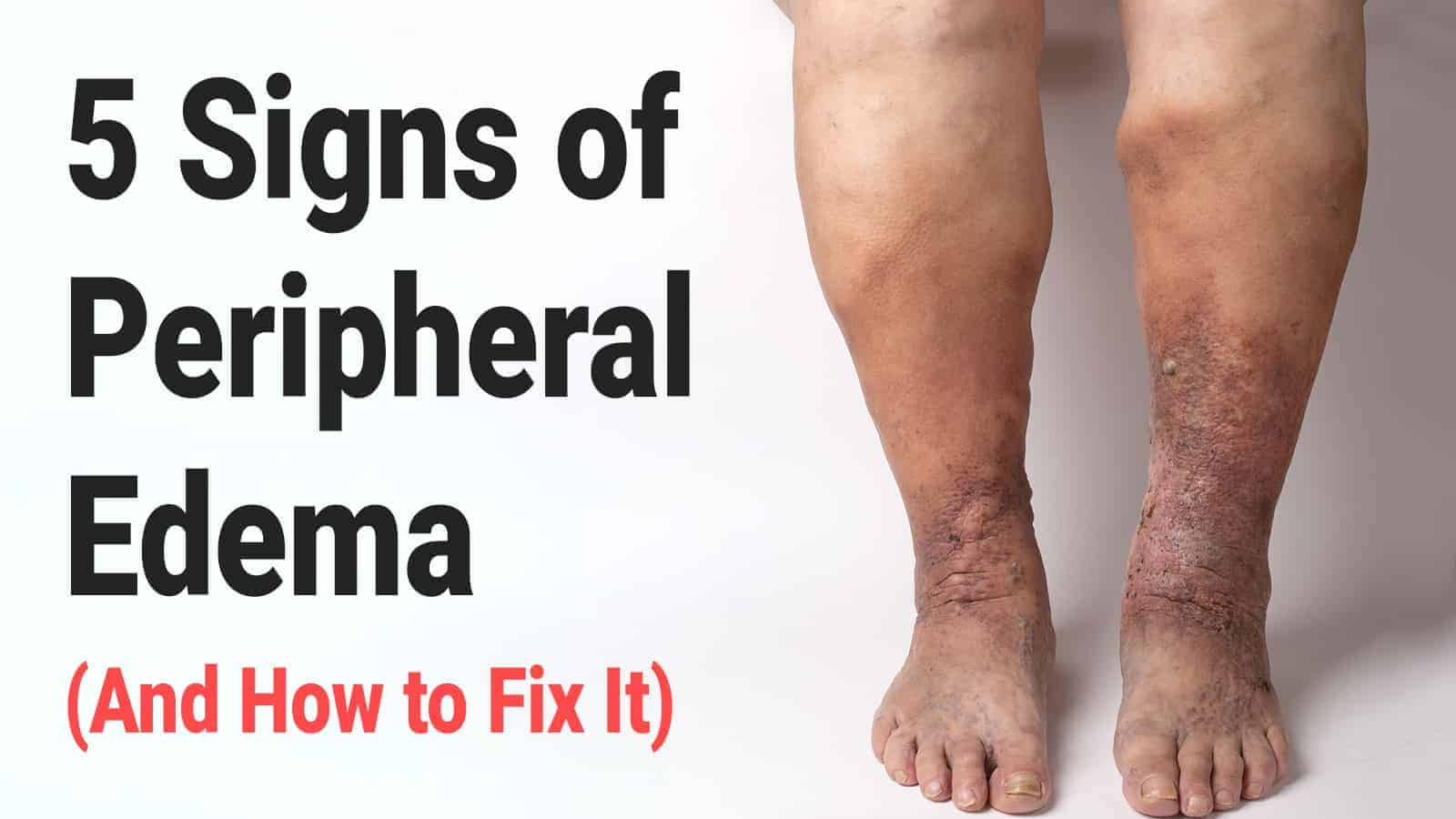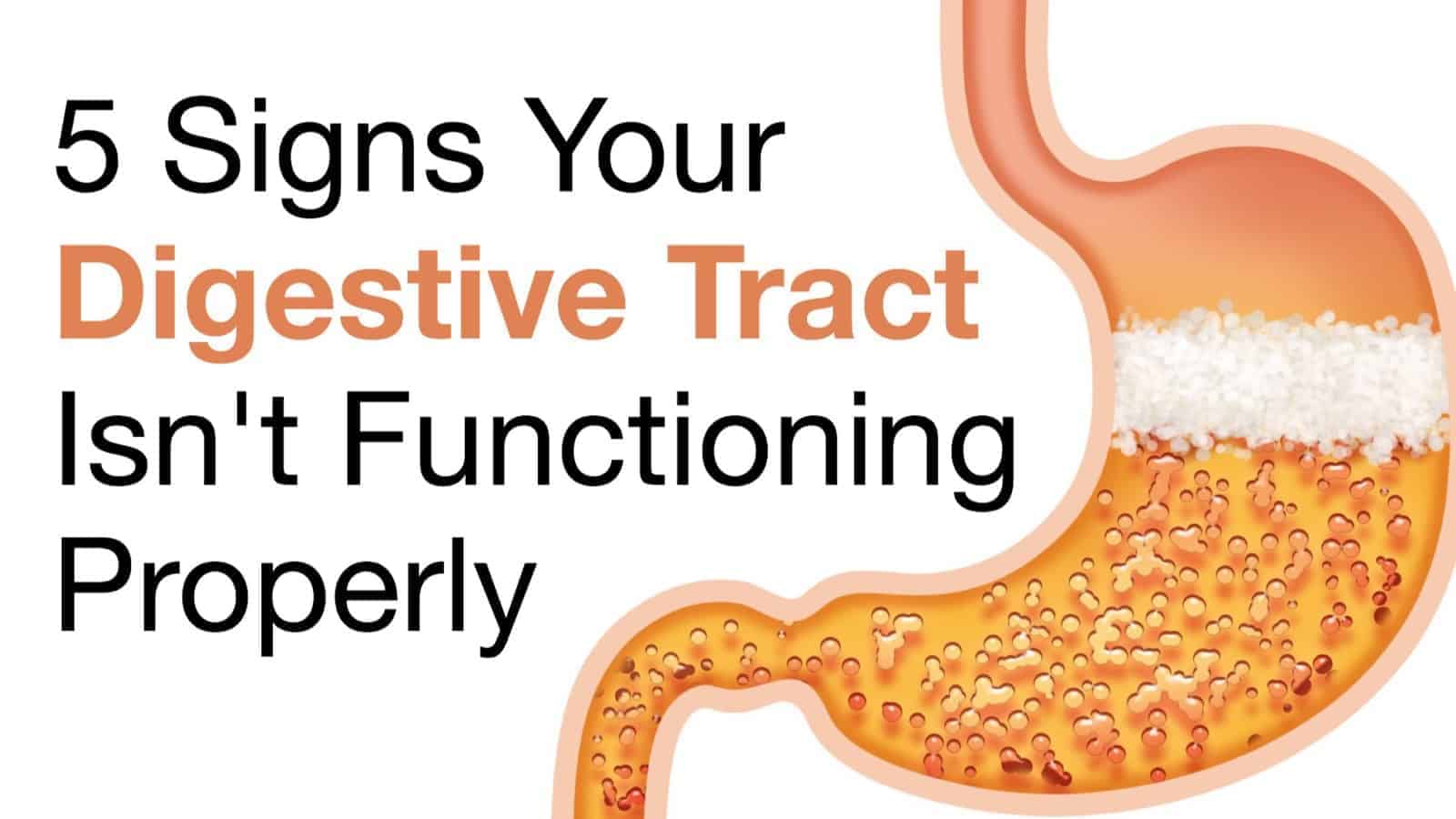Peripheral edema is a condition where your legs and arms experience swelling, often due to the gathering of fluid within the body’s tissues. This can lead to a feeling of heaviness, unsightly swelling, or even pain in different areas of the body. This occurs when a health condition results in an over-collection of water within the tissues that does not get expelled naturally as it should.
The puffiness, discomfort, and annoyance that peripheral edema can bring make it a difficult condition to deal with. It can make actions like walking difficult, disrupt daily activities, and have negative effects on your mood, focus, and positive thinking. As such, it’s important to recognize symptoms and know how to alleviate them. Here are some signs of peripheral edema, and how to positively fix it!
Here Are 5 Signs Of Peripheral Edema And How To Fix It
“If people see any redness, blistering or swelling in the legs, especially if it is getting worse, they definitely need to see their doctor.” – Dr. Leslie Gilbert
1. Pain, tension, or pressure on and around affected spots
One of the most common signs of peripheral edema is pain in areas with swelling. This is because the retention of water in the body puts pressure on the veins, and it can also manifest in discomfort, tension, or simply, pressure.
Essential oils are fantastic for helping to flush out water retention in these situations. Not only are they basically nature’s diuretics, but they’re also great for bringing down the inflammation that causes pain and boosting healthy blood circulation.
You can opt for grapefruit essential oil, which helps the lymphatic system better balance retention of fluid while flushing out toxins to prevent bloating. Mixing 3 or 4 drops of the oil with a teaspoon of coconut oil, then massaging it into the painful areas twice or thrice daily, can aid this mission a lot.
Fennel essential oil works well too. Mixing 3 or 4 drops of it with a carrier oil of your choice and massaging similarly will produce plenty of benefits and bring down swelling.
2. Swelling that leaves a dent
If parts of your body, especially in the legs and feet, are becoming so swollen that pressing a finger into the swell can cause visible dimples, it’s certainly a sign of peripheral edema. In fact, it’s a sign of a specific kind called pitting edema. In general, any kind of swelling in the extremities is typically a symptom for peripheral edema. Sometimes this swelling can be severe enough to cause your clothes to restrict the affected areas.
This swelling can occur due to an excess of sodium in the body. Salt retention often leads to the retention of water as fluids will be absorbed by and follow this extra sodium. This is especially true if you have a condition that reduces kidney function, as the kidneys are responsible for regulating sodium levels. Reducing the amount of sodium you eat daily can help offset this issue. Go for fresh produce, healthy fats, and lean proteins, and try to cook your own meals so you can have some control over the salt that seasons your food!
3. Tightness or warmness of skin
Water retention causes inflammation. So, along with the stretching your skin endures when you face swelling, it can cause your skin to feel warm and uncomfortable.
Drinking some tea made with dandelion root can help bring down this inflammation. It does so by ridding the body of the toxins responsible for that effect. Extract from this plant has fantastic natural diuretic properties that make it a wonderful addition to tea.
You can purchase dandelion tea ready-made, or you can make some with the flowers or root of the plant. Just steep these ingredients inside boiling water for half an hour and strain once ready. Do note that you should start drinking only minimal amounts first to ensure your body does not have adverse effects to dandelion.
4. Difficulty moving joints
Sometimes, peripheral edema can cause your joints to feel stiff or painful, restricting your overall movement. It can make it hard for you to move, and you might even start to wonder if you’re developing arthritis.
Believe it or not, one of the best ways around this is to simply get moving more often and incorporate higher levels of physical activity into your daily life. Although it might not sound appealing when your joints are killing you, your body needs movement. A sedentary lifestyle is actually one of the easiest to avoid – and to incur – causes behind peripheral edema and all sorts of other blood circulation issues. Lack of physical movement can cause blood clots and water retention on the ankles, legs, and feet.
You don’t have to become a fitness guru to reduce your symptoms. All you have to do is get up and walk around anywhere between five and ten times a day, even if you’re only able to move on your feet for about 10 minutes at a time. This is especially important if you work at a typical office job and spend most of your day sitting down!
5. Signs of digestive trouble (nausea, vomiting, bowel movement changes)
It’s not uncommon for peripheral edema to cause a variety of other symptoms, especially ones centering around the digestive system. In these cases, you’ll feel the need to detoxify your body and get rid of all that bloating and water retention.
The herb parsley is actually an extremely good natural diuretic that can work wonders on reducing water retention, and even on bloating of any kind. It boosts urine production in the kidneys, allowing excess fluids to be removed from the body. Your best option to consume parsley is through the use of parsley tea. Simply add about ¼ of a cup of the herb to a boiling cup of water. Let it steep for around five minutes, and then strain and drink the mixture with honey. You can take this twice a day.
If your digestive issues are severe or do not ease with treatment, see your doctor for a professional opinion. Please note that pregnant women should not consume parsley tea. It is always advisable to talk with a doctor before trying strong herbal products like this.
Final thoughts
Although peripheral edema can be a troubling condition, you are not alone in dealing with it. By recognizing the signs and knowing how to address them, you’ll keep this issue from invading your life. Do note that some edema may be an underlying sign of a more severe health issue. If you experience both peripheral edema and other symptoms like breathing difficulties, chest pain, or lightheadedness, you should speak to your doctor as soon as possible.
https://www.youtube.com/watch?v=cHeI3Y_CfMo


















